Nostrils flaring, one leg slightly raised, as if they were parading around the hippodrome, the four horses look at the hundreds of tourists going past them every day in Venice. They are known as the Quadriga or Horses of San Marco: now safely ensconced in the museum of the basilica, do they ever reflect on their incredible odyssey which has taken them through so many countries over the two thousand years or so or their existence? Constantinople, Venice, Paris, an itinerary many travellers would dream of….
No one really knows who created these magnificent bronze statues, life-size and all different: they belong to the Hellenistic tradition, but whether they are Greek or Roman is still a matter of debate. Whoever the sculptor was, he created a work of art of amazing beauty coveted by many over the centuries.
From their birthplace, possibly on one of the Aegean islands, the horses were taken to Constantinople, where they adorned the hippodrome in the 4th century AD. The hippodrome was one of the most important sites on the main square: some of the columns that also stood in its centre can still be seen nowadays.
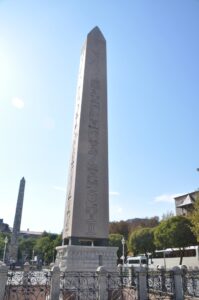
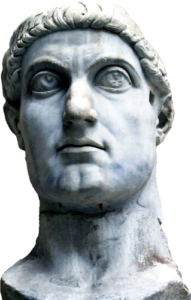
Constantinople, capital of the eastern Roman Empire, was full of fabulous treasures either from Antiquity or produced locally by its own Byzantine artisans whose work was admired throughout Europe. Because of its strategic location the city received goods from many continents, and the wealth this generated was much envied by trading republics like Venice. The rivalry between Constantinople and Venice came to a head during the fourth crusade in 1204: the Crusaders never reached Jerusalem but went instead to Constantinople which they pillaged and ransacked savagely.

Among the loot were the four horses which were taken back to Venice with many other works of art. It is thought that the horses’ heads had to be cut off to help to transport them, which is why the horses are now wearing collars in order to hide the join once they were reassembled. They were displayed in front of the basilica San Marco, as a token of Venice’s triumph. . And so, they stayed in Venice for nearly six centuries, as if they belonged there.
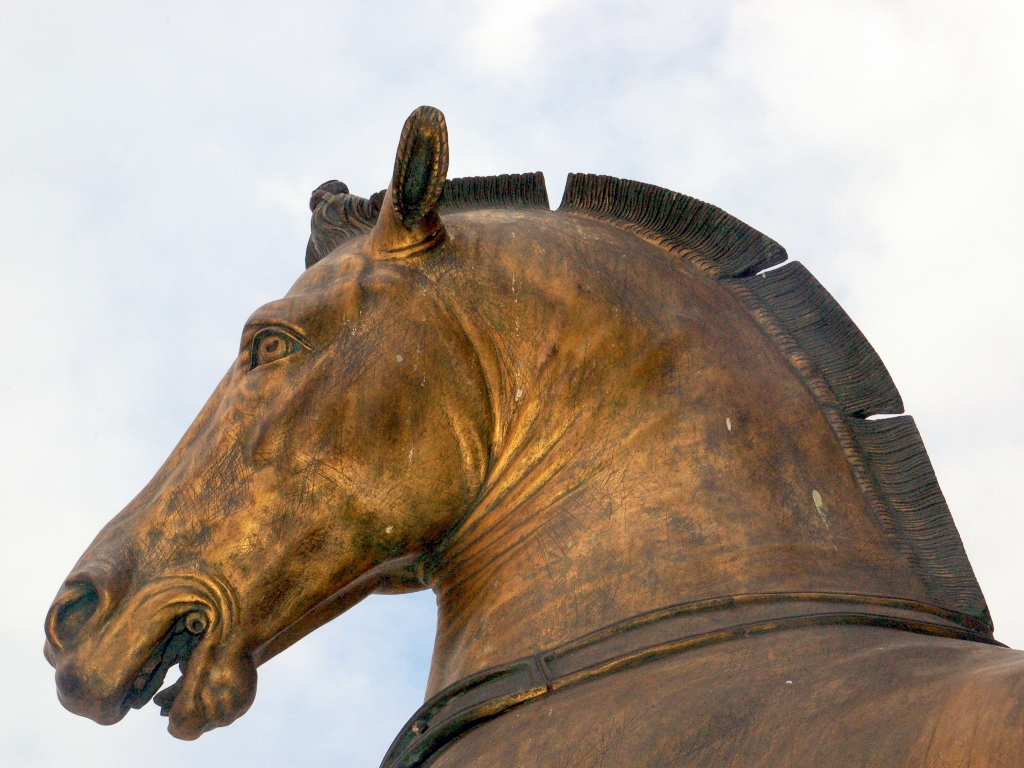
But by the end of the 18th century, Venice was no longer the victorious Republic it had been, and fell to an extremely ambitious young man who was bent on redesigning Europe. Napoleon Bonaparte annexed Venice on 12th May 1797. This time, it was Venice that suffered general pillage of its works of art: the four horses were taken down and sent to Paris where, eventually, they were displayed on the Arc de Triomphe du Carrousel, near the Louvre in 1809, flanked by 2 golden “Victory statues”. Once again, they had become a symbol of victory…. but not for long!
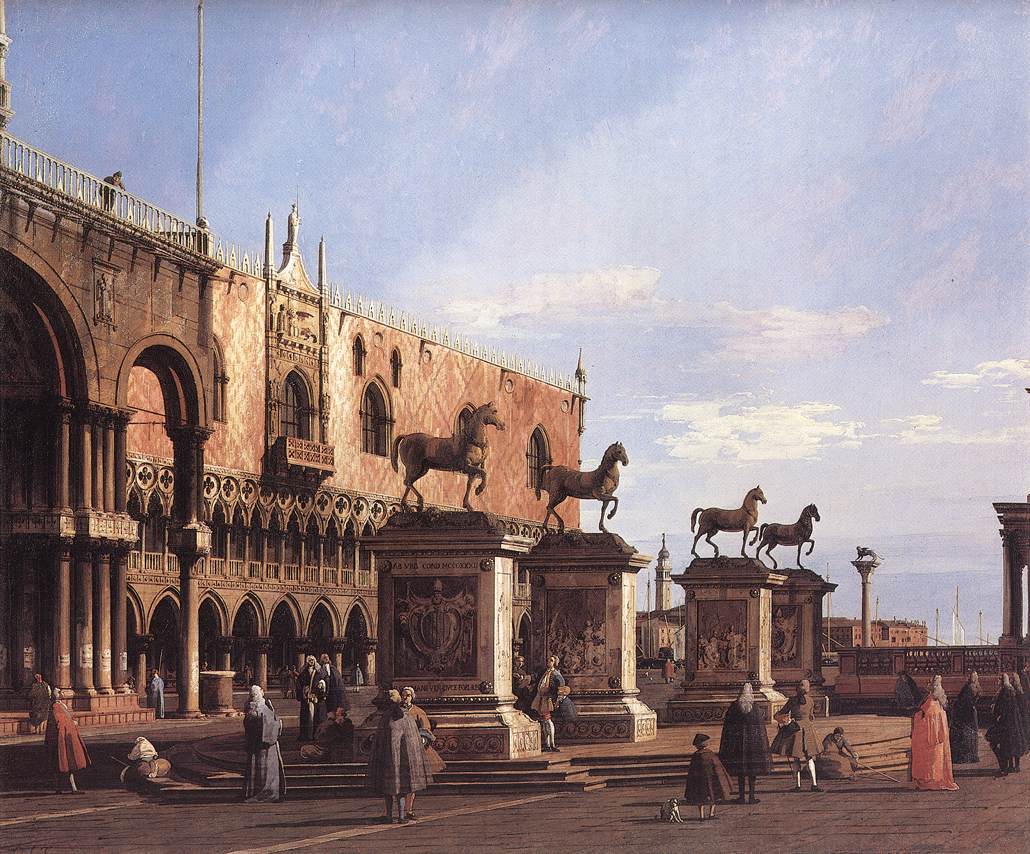
With the defeat of Napoleon in 1815, Venice now fell under Austrian rule, and the Habsburgs demanded that the horses be returned. This was (reluctantly) agreed and the four horses travelled back to Venice where they took once again their pride of place on the façade of the basilica.
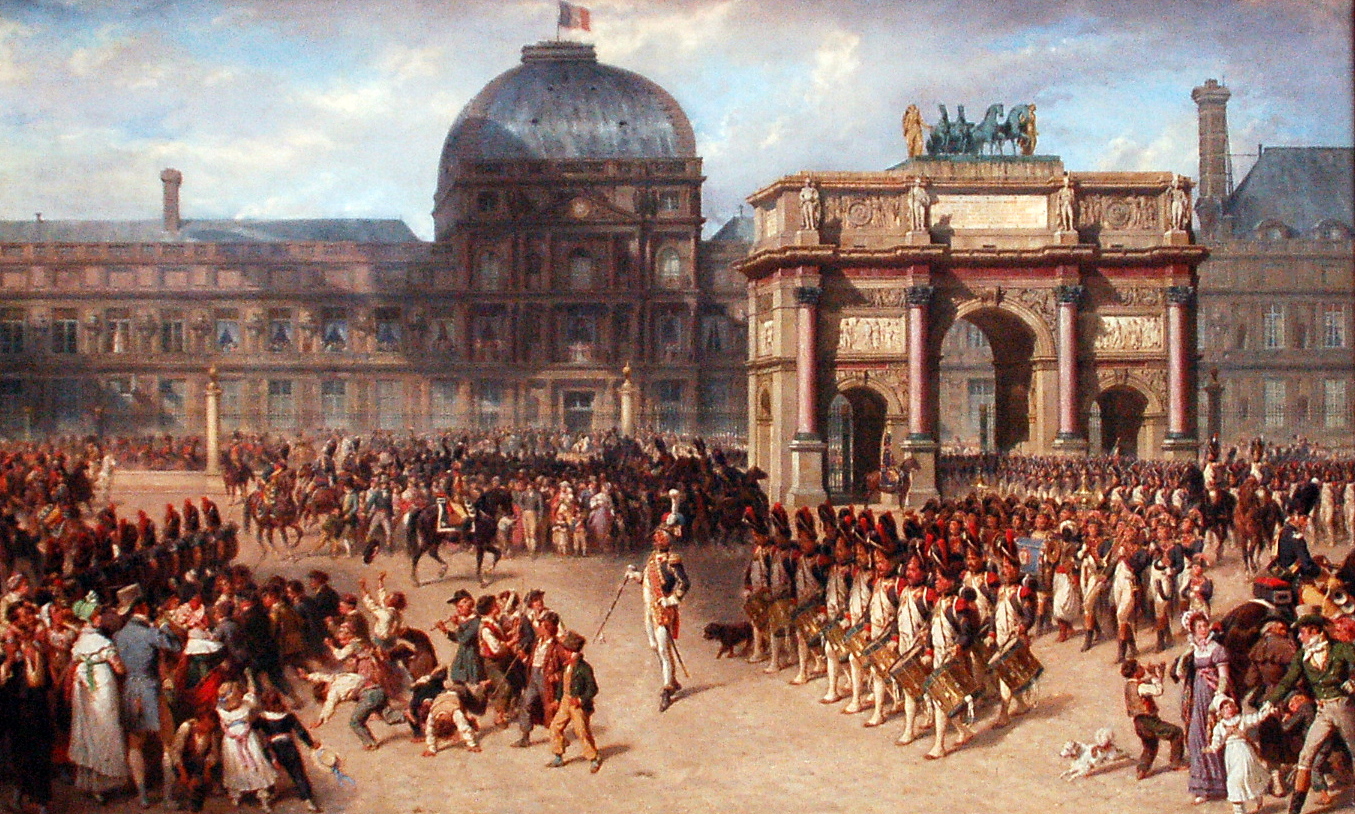

It took over 150 years before they had to move again…not very far as it happened, and not because of war. In 1974 it was decided to remove them from the façade as increasing air pollution was damaging them. Faithful copies were made to stand outside in their place and, after some restoration, the originals went on display in the museum of San Marco basilica. Even though the copies are impressive they do not capture the full intensity and energy that the originals radiate, and one can well understand why so many wanted to possess them. They still attract and fascinate after all these years. The patina on their bodies where the gilding has faded only serves to remind those that file past them what a great destiny theirs has been.
What about the Arc de Triomphe du Carrousel in Paris? Its top remained unadorned until 1828 when a new quadriga was commissioned. The design was slightly different as a charioteer was added. The copy still stands today.


Napoleon was certainly a keen admirer of equestrian statues: he also had the quadriga on the Brandenburg gate moved to Paris when his troops entered Berlin in 1806. Various Parisian sites were suggested to display it but nothing came of it and the Prussian armies that invaded Paris in 1814 took the horses back to Berlin where they still crown the Brandenburg gates.
The photos are all mine, except for the painting by Canaletto.